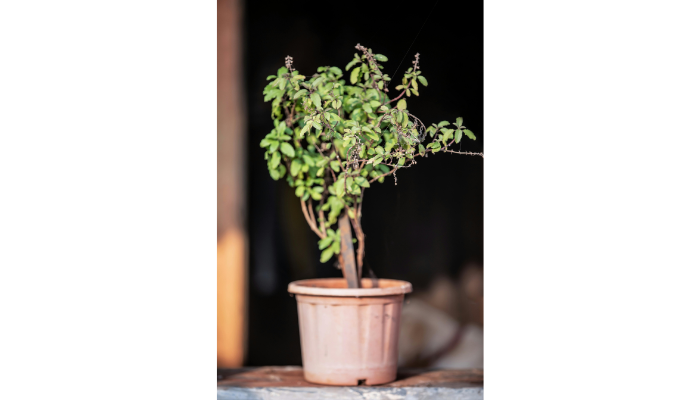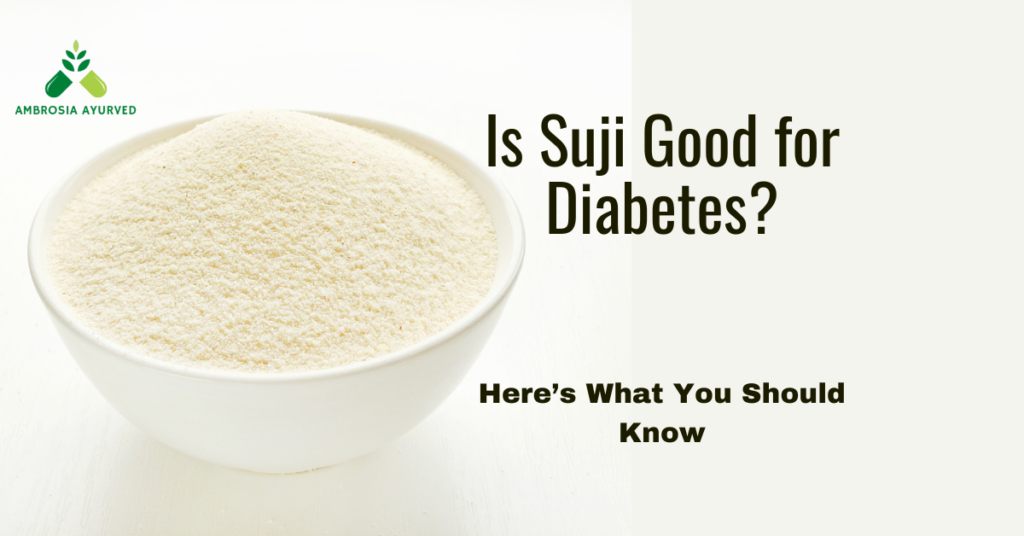Tulsi, also known as Holy Basil, is a sacred herb in Hinduism and is often referred to as “the queen of herbs” in Ayurveda. The leaves, stems, and seeds of the Tulsi plant are all edible and are commonly used in a variety of Indian dishes. Not only do the leaves add a unique flavor to food, but they are also believed to preserve and enhance the nutritional properties of the ingredients. Rich in anti-inflammatory compounds, Tulsi is known for its potential to help treat a wide range of health conditions.
Among these, the use of Tulsi leaves for diabetes control has gained growing attention in natural wellness practices. One of the most common lifestyle diseases in the nation is diabetes, characterized by variations in blood sugar levels. Because Holy Basil has so many health-promoting qualities, the majority of medical professionals attest to its ability to stabilize blood sugar levels.
Due to their many therapeutic benefits, Tulsi leaves are frequently referred to as the “elixir of life.” The advantages of Tulsi are genuinely numerous, ranging from strengthening immunity and combating viral and bacterial infections to averting common illnesses. This potent herb is thought to improve glucose uptake by muscle cells, increase insulin secretion (the process by which pancreatic beta cells release insulin into the bloodstream in response to rising blood glucose levels), and improve pancreatic beta-cell function—all of which are critical for diabetes management.
In a Nottingham University study, 60 people with type 2 diabetes took their prescribed drugs as usual throughout the trial. For up to 90 days, half of the participants received 250 mg capsules of Holy Basil every day. According to the findings, people who took Tulsi in addition to their regular prescription saw noticeably bigger gains in glucose control.
You can read more about the study and its findings here.
Table of Contents
How to Use Tulsi Leaves to Manage Diabetes Naturally?
1. Chew Fresh Tulsi Leaves Daily
Chewing fresh Tulsi leaves for diabetes control first thing in the morning on an empty stomach is one of the most traditional and popular ways to consume the herb. For generations, Ayurvedic wellness regimens have included this easy habit, and with good reason.
This is accomplished by carefully picking 4 to 5 fresh, pesticide-free Tulsi leaves, giving them a good rinse, and chewing them slowly. The leaves’ potent essential oils and bioactive substances, like eugenol, are released when chewed and are known to enhance the body’s innate capacity to control blood sugar levels. Effective diabetes management depends on these active ingredients’ ability to increase insulin secretion, improve glucose metabolism, and lower insulin resistance. Apart from their effect on blood sugar, Tulsi leaves are abundant in anti-inflammatory and antioxidant compounds.
Tip: For best results, avoid eating or drinking anything for at least 20 minutes after chewing the leaves to allow your body to fully absorb their medicinal benefits.
2. Make Tulsi Tea for Daily Detox and Glucose Control
In addition to being a soothing and fragrant herbal infusion, Tulsi tea is an effective natural treatment for diabetes. This tea, which is well-known for its relaxing qualities, promotes general metabolic health and lowers stress, which can raise blood sugar levels.
In a small saucepan, bring one cup of water to a boil to make Tulsi tea. Add 5 to 6 fresh Tulsi leaves to the water after it reaches a rolling boil. Allow the water to absorb the beneficial components from the leaves by letting them simmer gently for two to three minutes. Once the tea has simmered, pour it into a cup and sip it warm. For best effects, you can drink this tea once in the morning and again in the evening. This method of using Tulsi leaves for diabetes control is both simple and soothing.
3. Drink Tulsi-Infused water Every Morning
One easy yet effective way to help manage diabetes naturally is to drink water infused with Tulsi first thing in the morning. This age-old remedy is simple to make and helps control blood sugar levels while providing a mild detox to start your day.
Soak five to six fresh Tulsi leaves in a glass of clean water for the entire night to create this natural tonic. The leaves’ essential oils and medicinal substances, such as flavonoids, antioxidants, and eugenol, will infuse the water by morning. To get the most out of this water, drink it on an empty stomach, ideally before eating or drinking anything else.
Drinking Tulsi-infused water is another accessible way to incorporate Tulsi leaves for diabetes control into your daily wellness routine.
Tip: For best results, continue this practice consistently every morning. You can also use a copper vessel to store the water overnight, which adds trace minerals that may further support metabolic health.
4. Add Tulsi Leaves to your Meals
It’s simple to incorporate the benefits of Tulsi leaves for diabetes control into your daily diet because it’s not just for teas or drinks. This adaptable herb can add flavor to a wide range of dishes. Tulsi’s aromatic, mildly peppery flavor improves the nutritional content and flavor of your food while also supporting your metabolic health.
Freshly chopped Tulsi leaves are a simple way to add flavor to soups, salads, chutneys, and herbal teas. Tulsi’s distinct flavor and potent qualities can also be added to cooked foods like stir-fries, curries, and dal.
Tip: Drying and crushing Tulsi leaves into a powder allows you to easily sprinkle it over dishes, smoothies, or even breakfast bowls for a quick, nutritious boost.
Tulsi Benefits

- Enhances Digestion: Calms the stomach, reduces bloating, and stimulates digestive enzymes.
- Dissolves Kidney Stones: Detoxifying properties help cleanse toxins and gradually break down small stones.
- Helps Fight Diabetes: Supports blood sugar regulation by enhancing insulin sensitivity and reducing glucose spikes.
- Enhances Skin and Hair Health: Anti-inflammatory and antioxidant compounds promote clear skin and strong, shiny hair.
LIMITATIONS OF TULSI LEAVES
- Best Used in Conjunction with Medical Advice: Consult a healthcare provider if you’re taking medication.
- Part of a Holistic Regimen: Tulsi is a supportive remedy, not a substitute for diet, exercise, or regular monitoring.
- Rare Mild Sensitivity: Some people may experience mild digestive discomfort. Start small.
- Natural, Not Instant: The effects of Tulsi leaves for diabetes control require consistent, long-term use.
Final words
Holy basil, also known as Tulsi, has endured over time as a reliable natural cure for modern health issues as well as a revered herb in Indian tradition. For those looking for gentle, plant-based support, Tulsi leaves for diabetes control offer a valuable addition to daily health practices—from improving insulin function and stabilizing blood sugar levels to boosting immunity and supporting digestion.
This adaptable herb blends easily into your routine, whether you choose to chew fresh leaves, drink Tulsi tea, begin your morning with Tulsi-infused water, or cook with it regularly. When paired with medical guidance and a healthy lifestyle, its therapeutic properties become even more effective in supporting diabetes care.
Tulsi is neither a miracle cure nor a replacement for prescribed treatments, but it stands as a wise, time-tested companion in your wellness journey. If you’re seeking a safe, holistic, and traditional way to support your body’s glucose balance, Tulsi leaves for diabetes control may be the natural ally you’ve been looking for.




